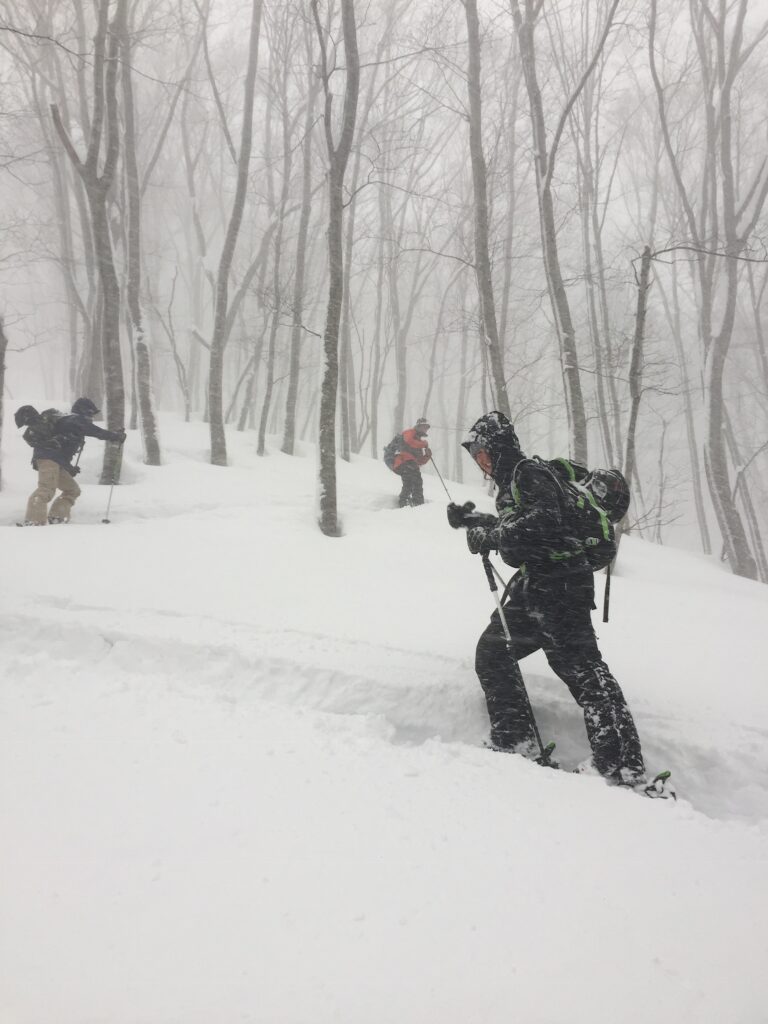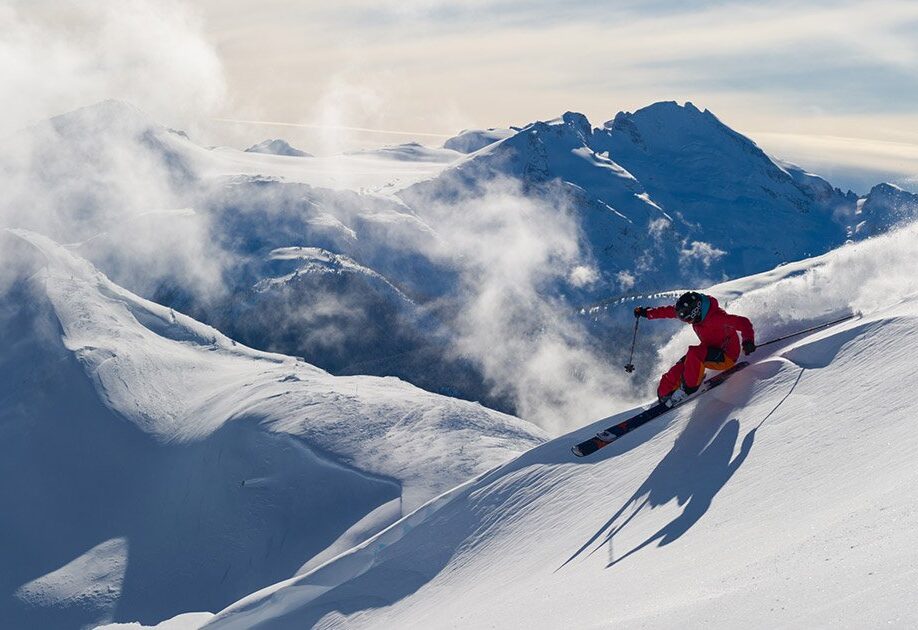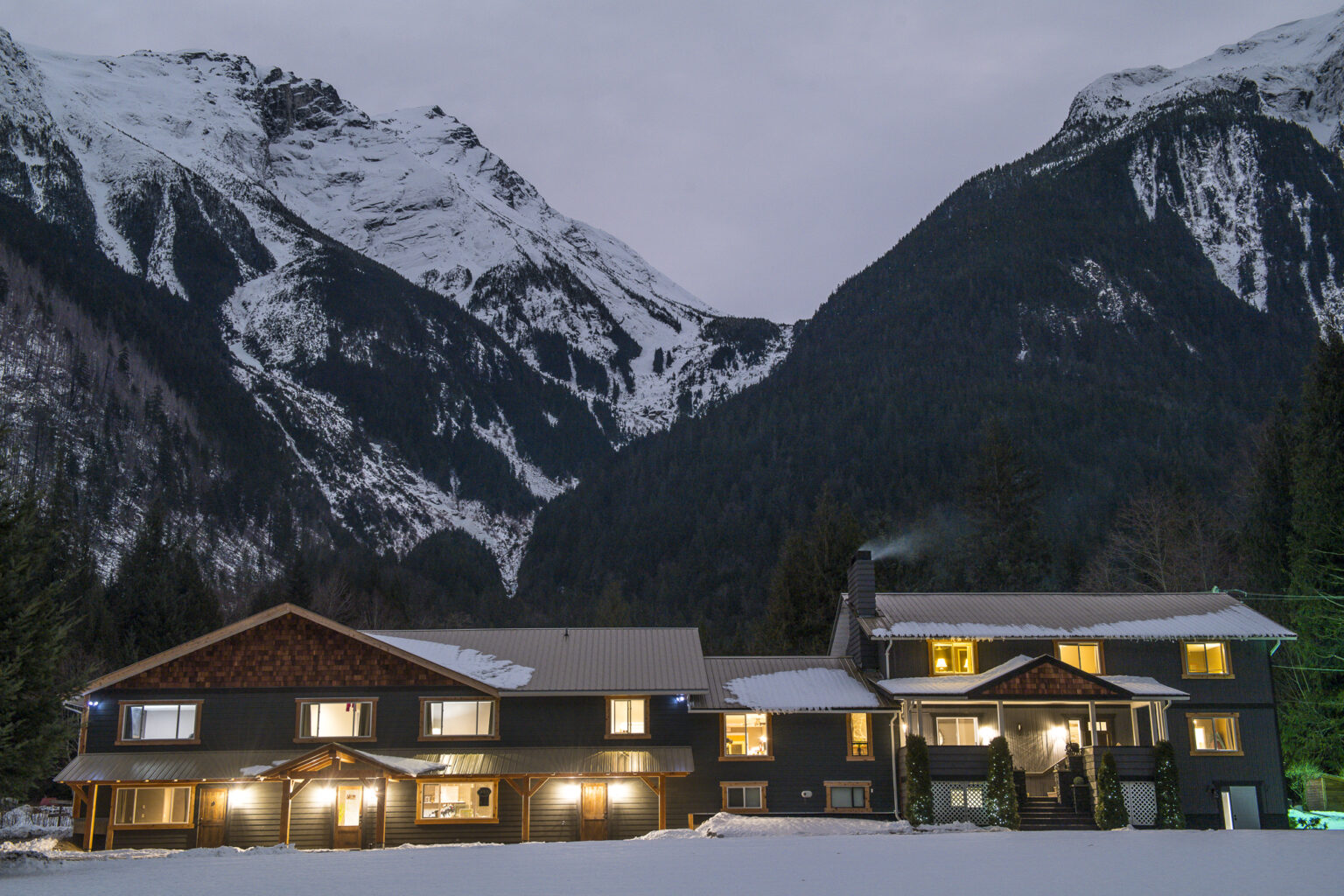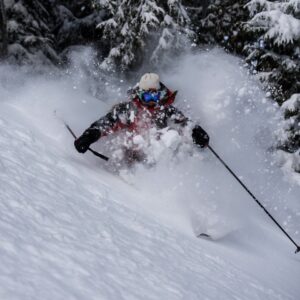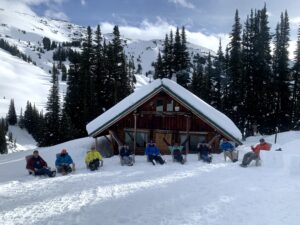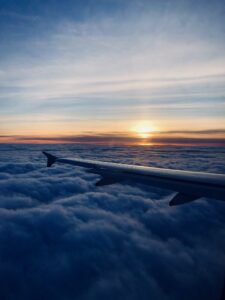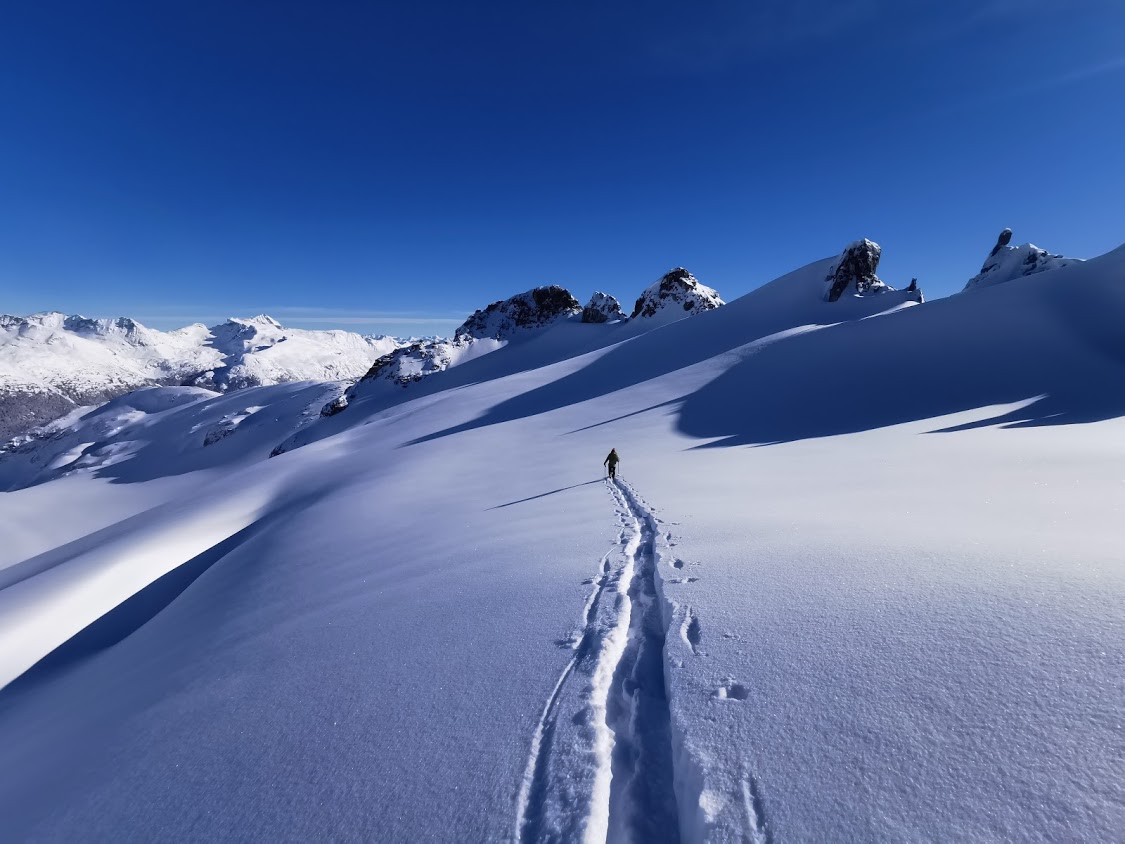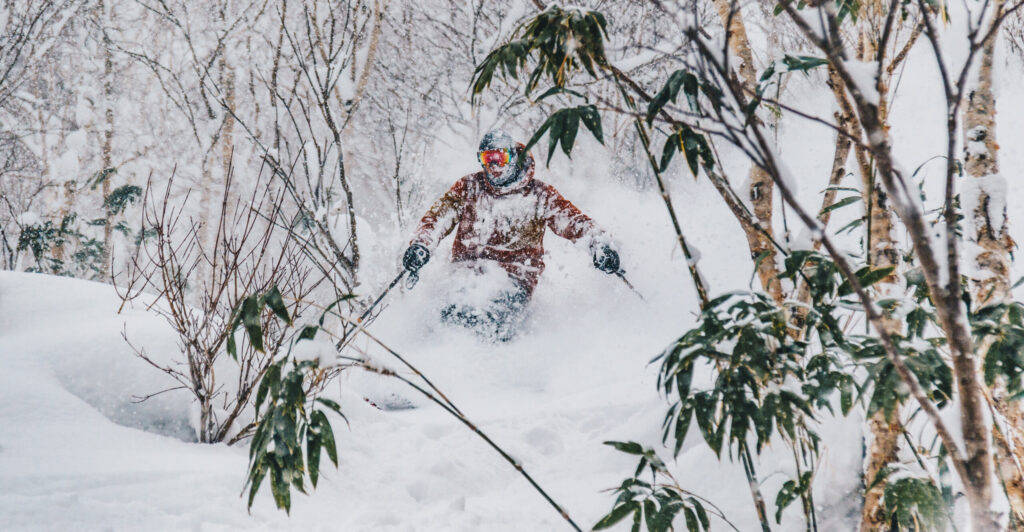
We get asked this question all the time, and with good reason, because when many people think about taking a ski trip to Japan they are usually confronted with the harrowing decision: Niseko or Hakuba? Of course Japan has many other excellent snowsport destinations, but the short answer to the Niseko vs. Hakuba conundrum is: they are both amazing — but very different.
So here are a couple of things to ponder as you wade through ski resort comparison tables and embark on the crystal ball gazing task that is deciding where to go skiing in Japan.
Chic and modern vs. rustic and traditional?
While Niseko and Hakuba feature both of the above characteristics in certain areas, Niseko was adopted by international skiers years before Hakuba was. The resorts and surrounding townships of Niseko have experienced a lot more Western influenced development with many hotels and restaurants built in line with a style of modern contemporary architecture you might see in Europe or Australia.
Hakuba has not missed the boat on this; there has been plenty of modern accommodation developed — especially throughout the Happo-One resort area — however you really feel like you are ‘in Japan’, so to speak, when visiting Hakuba.
Terrain options: The difference is in what’s on offer for high end skiers
Both resorts have fantastic progressive terrain for beginners all the way up to intermediates; including magic carpets for kids, beginner friendly lifts and detachable high speed quads. Both resorts have a lot of moguls (the Japanese LOVE them) but the real difference is what‘s on offer for more advanced skiers looking to get off-piste and perhaps into the backcountry.
Niseko and Hakuba have both introduced gladed tree skiing areas and a system of gates where you are allowed to enter side-country terrain. Niseko’s Grand Hirafu has a fantastic system of gates where you can ski long open powdery runs that are accessed from lifts.
Nearby Rusutsu is a tree skiing wonderland with a myriad of gladed runs on gentle terrain that will keep you buzzing for hours. Those strictly into backcountry skiing can explore further afield from Niseko to access the backcountry, which can be accessed from the valley floor and without the help of any lifts to gain elevation before the first uptrack is set.
Without getting into a ‘steep vs deep’ debate about which resort is ‘better’ (no such thing in our opinion), Hakuba does tend to have a huge selection of steep terrain and very direct access to the backcountry from the top of most resorts in the valley.
In the north of the Hakuba Valley, Tsugaike has a system of side-country gates for easy access, however you must do a safety briefing with the ski patrol and carry a shovel pack and transceiver to use them, which you do at your own risk.
Happo-One and Tsugaike backcountry is excellent and towers up into the tree-less alpine from the top of the highest lift, making it very easy to access, but also very dangerous. We always recommend taking a local guide who knows the area inside out — it also means less time planning and faffing, and more lines to ski.
Crowds: How much do you like standing in the lift line?
Before we launch into this one, we are going to put a caveat on it; both resorts can get crowded, especially on a powder day. And while Niseko might have a reputation for being slightly busier, Hakuba is not immune to an over-populated lift line in the morning after the storm. The difference is that Hakuba has a lot more resorts where you can go to escape the crowds, and all on the same pass. Crowds thin out in Niseko too, but it’s fair to say that when you visit a more popular and earlier established ski area you should expect more humans there too. If you want to know how to ‘zig’ when everyone else is ‘zagging’ in Niseko, make sure you hire a guide who can take you further afield or even ski touring on nearby volcanoes.
How hard do you want to party?
This one is easy. If you want to party hard, visit lots of different cocktail bars and experience vibrant nightlife — go to Niseko. The village is always primed for action. Don’t get us wrong, you can find plenty of local bars in Hakuba, but the scene is less cosmopolitan and more rootsy with reggae music and tiny underground bars dominating the scene.
Slightly more powder? Or slightly more blue sky?
In short, Niseko in Hokkaido is the powder capital of Japan (if not the world) whilst in Hakuba, located on Honshu, is typically blessed with more blue sky days. For die hard powder fans this may not seem that important, but it does make backcountry and side-country access easier. In fact it makes a lot of things easier when you see a little sunshine between the frequent storms. Those beginning their backcountry ski journey might enjoy having a day or two of bluebird skies while they ski out the dry powdery remnants of the last storm without getting bundled up like a stormtrooper every day.
Dining out: White linen and Michelin star cuisine? Or traditional Japanese izakaya serving world-class provincial meals?
Don’t get us wrong, both areas have a massive array of restaurants that cover all levels of dining experiences, however Niseko has a lot more fine dining on offer, with internationally acclaimed chefs from all over the world weaving their Japanese fusion magic in the kitchen. Hard core foodies will be in heaven.
Hakuba tends to be a lot more relaxed in the dining department with most of the culinary action occurring on the prolific izakaya scene; smaller ‘homestyle’ restaurants that pump out mouth-watering provincial specialities served almost like Japanese tapas on small plates to share. The food is fresh, creative and the venues are always quaintly traditional and cosy.
More Japan Adventures
The Summary: we think you should experience both
There is a lot more we could say about the differences between Niseko and Hakuba. For example; Niseko is more centralised around the 4 resorts; An’nupuri, Niseko Village, Hanazono and Hirafu with easy access to each resort from either side of the mountain.
While Hakuba is a valley of 11 resorts connected only by the same ski pass, so it’s best to make sure your accommodation offers a driver or a shuttle so you can ski whichever resort you want. However, centralised Niseko gets more crowded than decentralised Hakuba, which allows the crowds to spread out. So there are pluses and minuses to everything in each area.
It always comes down to personal preference:
- How do you like to experience the mountains?
- Have you already skied one and are keen to try the other?
- How strong is your group on the snow?
- Do you like to be in the middle of a bustling town?
- Or do you prefer to enjoy your ski trips in more seclusion?
The choice is yours. Explore your options and chat to the Mabey Ski team to see what might work best for you.


